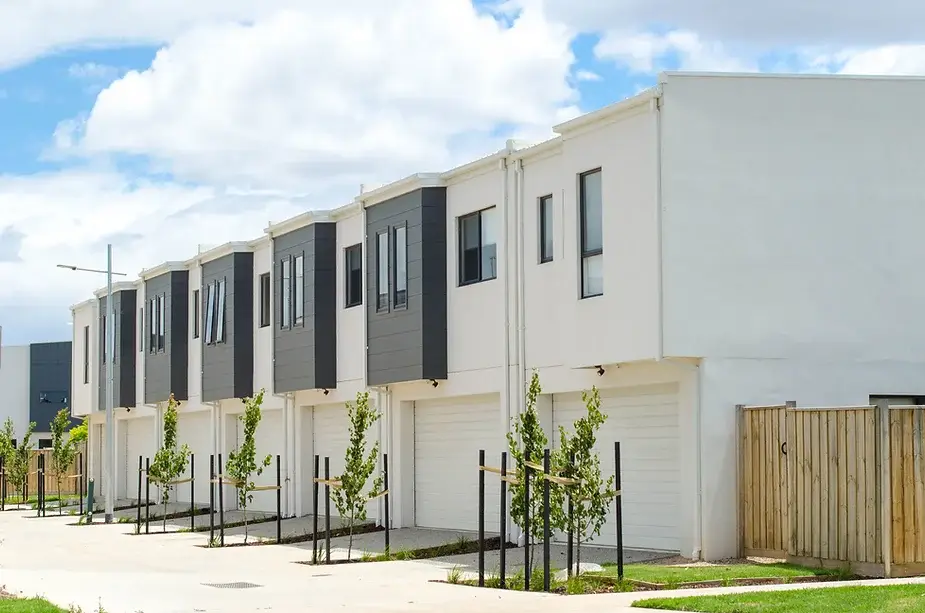When it comes to real estate investing, one of the biggest decisions investors face is whether to opt for old or new properties. Each comes with its own set of pros and cons that can significantly impact your investment strategy. Understanding these differences can help guide your investment decision and set you on a successful path.
Let’s delve into the specifics:
Old Properties
The charm and unique character of old properties often attract many investors, but they also come with potential drawbacks.
Cons:
- Maintenance: Older properties typically require more upkeep and repairs, which can impact your cash flow.
- Rental Return: Depending on the condition and location, old properties can sometimes yield lower rental returns.
Pros:
- Location: Often found in established, desirable neighbourhoods, old properties can offer lower risk and increased capital growth potential.
- Land Size: Older properties often come with larger plots, offering more value in the land itself.
- Force Appreciation: With the opportunity for renovations or improvements, you can add value to the property and force appreciation.
- Upside for Capital Growth: Given their prime locations and potential for improvements, older properties often have greater prospects for capital growth.
- Recession-Proof Properties: Established properties in prime locations often hold their value even in economic downturns.
- Value in Land: When investing in an old property, much of the value lies in the land, rather than the building, which is often a safer investment.
- Higher Rental Return: Depending on improvements and location, older properties can sometimes command higher rents.
New Properties
New properties, on the other hand, offer modern amenities and fewer initial maintenance concerns but come with their own potential downsides.
Cons:
- Capital Growth: New properties often experience slower capital growth, especially in the initial years.
- Recession Sensitivity: New properties can be more affected by economic downturns, with values potentially dropping more compared to older properties.
- Lack of Forced Appreciation: With new properties, there’s less room to add value through improvements or renovations.
- Development Restrictions: New properties, especially those in planned communities, often come with restrictions that limit development potential.
- Value Allocation: With new properties, you’re often paying more for the building than the land, which can be riskier.
Pros:
- Higher Rental Income: Due to their modern features and amenities, new properties can often command higher rents.
- Tenant Appeal: In a buoyant rental market, new properties can attract tenants more easily due to their modern conveniences.
- Depreciation: New properties offer more opportunities for depreciation, which can provide tax advantages.
- In conclusion, whether you choose to invest in old or new properties depends on your specific investment goals, risk tolerance, and market understanding. It’s crucial to thoroughly assess these pros and cons and align them with your investment strategy. At Rising Returns, we’re here to guide you through this decision-making process, helping you to achieve your investment goals effectively.
